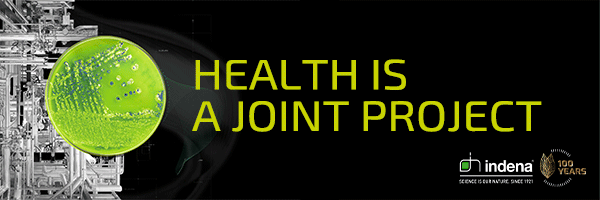A new validated HPLC method by the Italian company Indena Indena has developed and validated an HPLC method that allows the identification and the direct quantification of all the bilberry anthocyanins both in plant material and in extracts.
This innovative characterisation method provides an effective solution to a well-known issue in the analytical determination of the active constituents of bilberry extracts. These extracts are widely used in dietary botanicals and by the pharmaceutical market for the treatment of vascular and vision disorders.
The main actives, accounting for many of the beneficial properties of these extracts, are anthocyanins, natural pigments responsible for the red, pink, mauve, purple, blue or violet colouring of most flowers and fruits. Formed by a flavonoid molecule conjugated with a sugar, these compounds act as potent antioxidants and phosphodiesterase inhibitors, thus being particularly effective in the amelioration of capillary resistance and permeability.
Anthocyanidins, usually present in low quantity in the bilberry extract, are anthocyanins without the sugar moiety and should be considered anthocyanin degradation products occurring when there has been incorrect extract production and/or storage.
For the time being, the most common analytical method for evaluating anthocyanins involves UV-visible spectrophotometry, which allows the quantification of anthocyanins by detecting them in the visible region. Although widely used, this method lacks in specificity and it does not allow the identification of each anthocyanin. As a consequence, it is impossible to detect anthocyanins extracts produced from different plant materials (raspberry, blackberry, black currant, elderberry, etc.).
The best technique for the standardization of anthocyanin extracts is High-performance Liquid Chromatography (HPLC), which allows the evaluation of individual anthocyanins, though this method is neither easily reproducible nor does it allow the complete separation of all the constituents.
In order to simplify the UV-visible and the HPLC procedures the original extract is often modified by acidic hydrolysis in order to convert all anthocyanins into anthocyanidins. As reported in the literature, these methods are far from being satisfactory as they form anthocyanidins by hydrolysis and provide an overestimation of anthocyanin content, if any proanthocyanidins are present in the extracts. Moreover, this procedure does not allow the quantification of the real content of free anthocyanidins, which are markers of extract degradation.
The new HPLC method by Indena overcomes all of these analytical issues. As a result of its good reproducibility and its high specificity, the method is able to identify unequivocally the botanical raw materials used for manufacturing and evaluating the composition of the extracts, thus providing a high degree of product consistency and quality.
Recently introduced in the Italian Pharmacopoeia, this new method will be officially presented at the 53rd European Congress of Society for Medicinal Plant Research, to be held in Florence – Congress Center, from 21 to 25 of August 2005.


